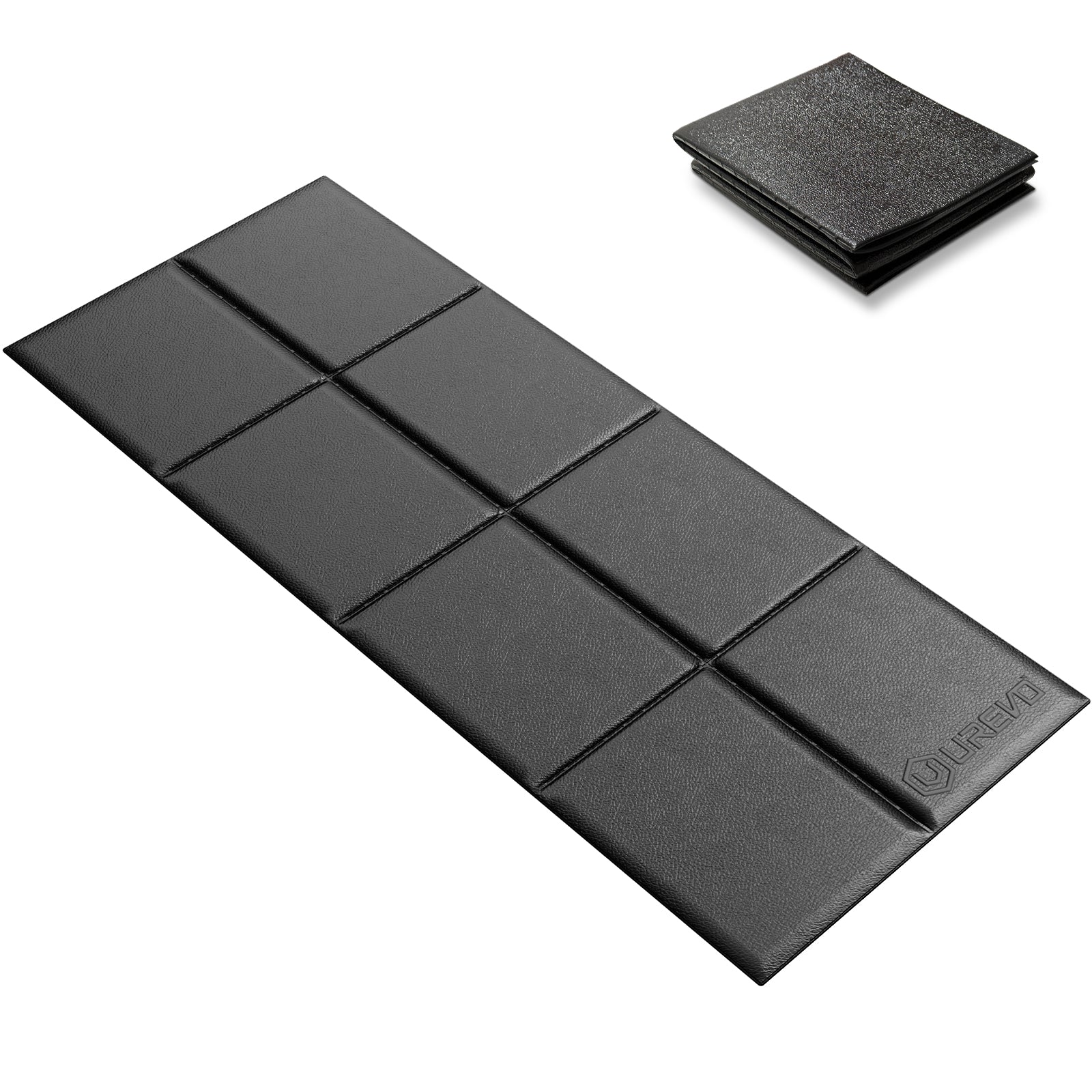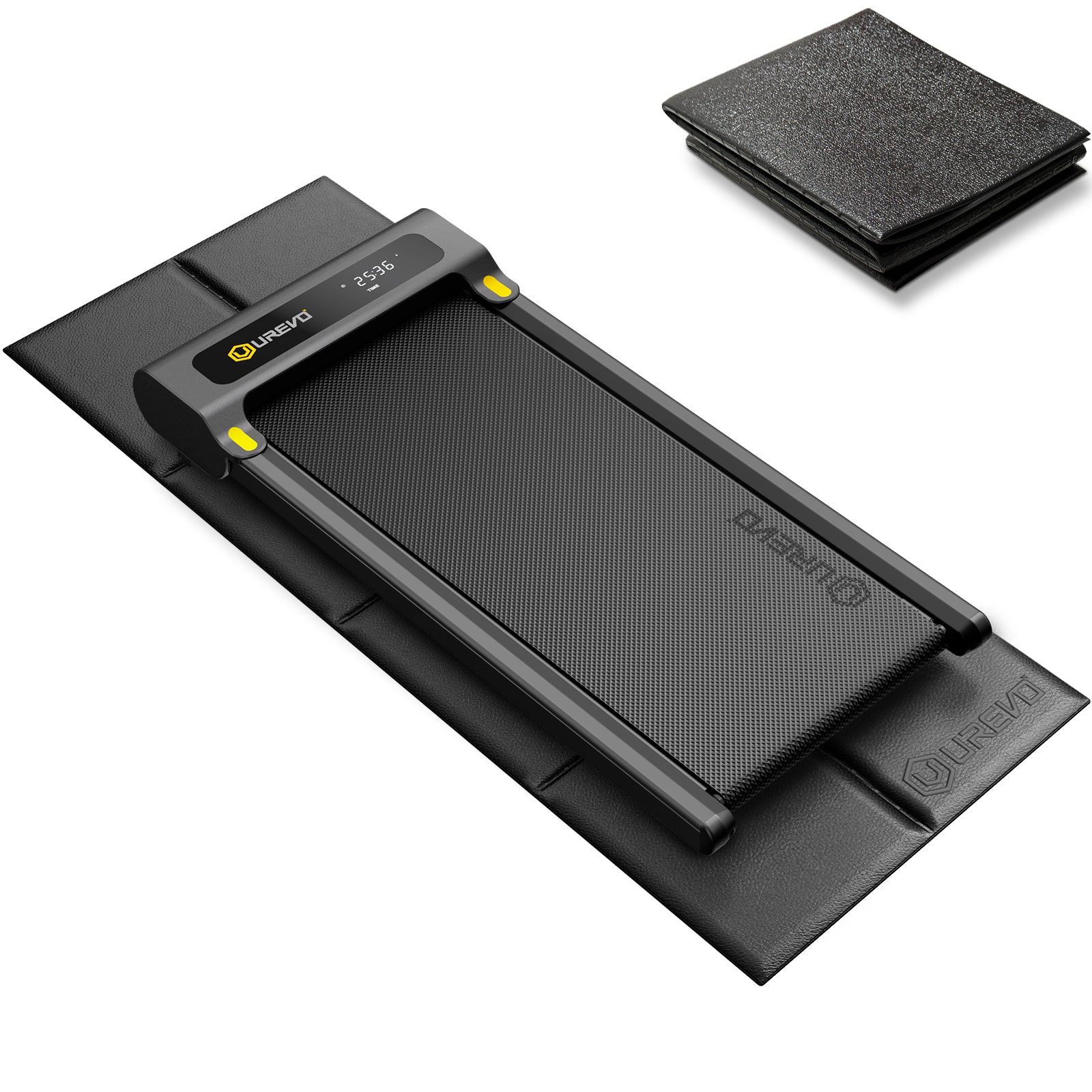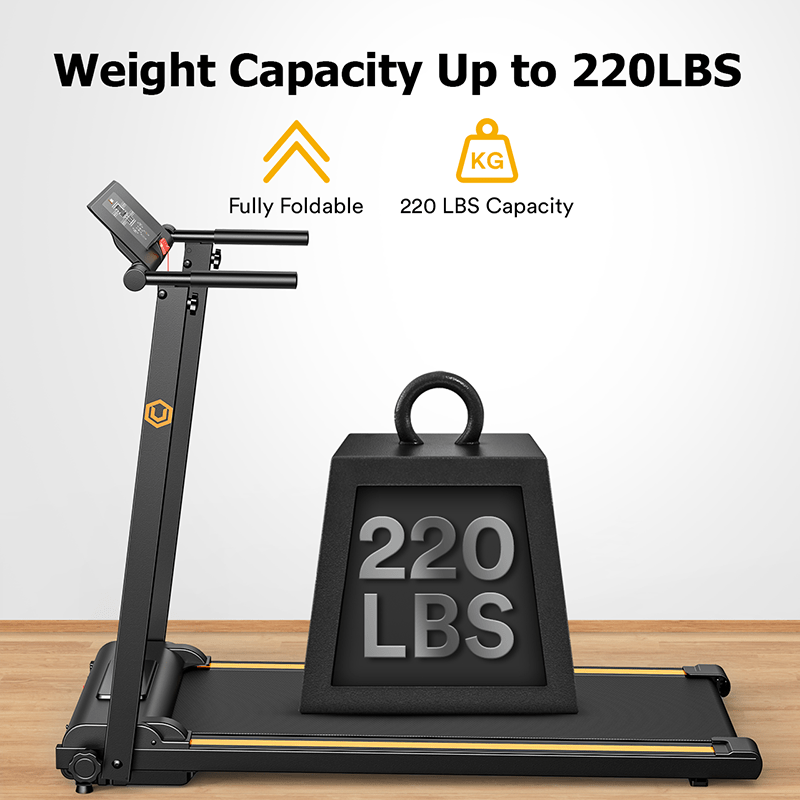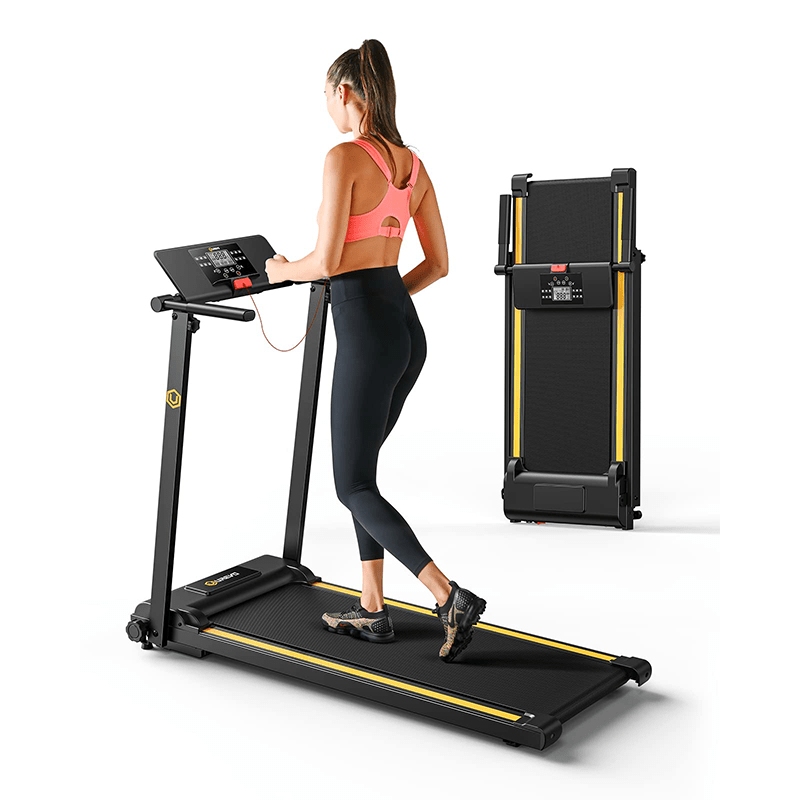More than a cardio machine, Treadmills do have a lot to offer. Take the bars, overlooked but versatile. The treadmill bar holds unique potential for various full-body stretches.
Understand the Treadmill Bar's Potential
Treadmill bars, generally intended for balance and support, serve another purpose when approached with a bit of creativity. They can transform into aids for effective stretching, supporting multiple muscle groups with stability. By approaching treadmill bars from a stretching perspective, they enable controlled, supported movements that improve overall muscle engagement. With the right techniques, these bars make it easy to target muscle areas often overlooked, broadening the potential of a typical workout.
Benefits of Using Treadmill Bars for Stretching
Let’s find how treadmill bars benefit us in many ways:
- Using treadmill bars enables more controlled, deeper stretches that can improve muscle flexibility and joint mobility over time. Anchoring hands or feet against the bars helps distribute force evenly, which lessens strain on tendons while extending range of motion. Flexible muscles better absorb shock and adapt to physical demands, reducing stiffness and enhancing overall freedom of movement in both daily activities and sports.
- Regular stretching with treadmill bars can aid in aligning the spine, releasing tightness in the chest, and opening up the shoulders. This alignment reduces strain on the back muscles, especially for those who spend long periods sitting. As flexibility and posture improve, muscle imbalances often linked to poor posture are alleviated, fostering a more upright stance that can alleviate discomfort and tension.
- Treadmill bars provide stability during stretching, making it safer to engage in deep, controlled movements. This prevents overstretching and reduces injury risk by gradually improving muscle suppleness and strength. Proper stretching enhances neuromuscular coordination, balancing strength and flexibility in key muscle groups to minimize strains or sprains. By enhancing muscle readiness and elasticity, stretching also contributes to better recovery post-exercise.
Warm-Up Essentials Before Stretching
Begin with a 5-10 minute warm-up, such as walking or a light jog on the treadmill, to increase blood flow and soften muscles. Adding dynamic movements, like leg lifts or arm swings, primes the body for stretching. Proper warm-up not only prepares muscles but also reduces the likelihood of strain and optimizes flexibility outcomes during the stretching routine.

Innovative Stretching Techniques with Treadmill Bars
The treadmill-assisted stretching techniques that follow provide an innovative approach to engage various muscle groups, fostering flexibility, stability, and strength in a structured, supported manner.
Upper Body Stretches
Overhead Reach Stretch
Stand close to the treadmill bars, gripping them securely overhead. Extend your arms upward to elongate the torso fully. This position stretches the spine, shoulders, and chest, effectively countering stiffness and tightness from prolonged sitting or daily routines. Holding for approximately 20 seconds allows for a deep stretch through the upper body before relaxing and repeating to enhance flexibility.
Side Stretch
Place one hand on the treadmill bar, extending the other arm overhead and bending to the opposite side. This movement stretches the oblique muscles, engages the core, and helps release tension in the torso and waist. By pushing gently away from the bar, the stretch penetrates deeper into the sides, targeting the often-tight lateral muscles.
Lower Body Stretches
Hamstring Stretch
Facing the treadmill, lift one heel onto the bar, aiming for hip height. Lean forward slightly without overstretching to target the hamstring. Maintaining a straight back and controlled stance ensures a safe and effective stretch, avoiding strain while enhancing flexibility. Switching legs completes the stretch for balanced hamstring flexibility.
Quadriceps Stretch
Hold the treadmill bar with one hand while bending the opposite leg backward, gripping the ankle to engage the quadriceps. This supported stretch helps release tension in the thighs and is especially useful after extended sitting or running. Holding for around 20 seconds on each side aids in lengthening the thigh muscles, promoting improved lower body mobility.

Core Activation and Stability Exercises
Plank Variations
Position forearms on the treadmill bar and step back into a plank. This setup engages the core and reduces wrist strain, enhancing overall stability. Adding variations such as single-arm lifts or knee-to-elbow movements intensifies the exercise, targeting both core strength and balance while promoting neuromuscular coordination.
Russian Twists
Sit with feet under the treadmill bar, leaning back slightly for stability. Twist from side to side, reaching with each arm to maximize core engagement. This movement emphasizes oblique strength, stabilizes the midsection, and supports better rotational control essential for core endurance.
Safety Tips When Using Treadmill Bars for Stretching
No matter what you do, safety is the top priority. Following the safety guidelines below will enhance the effectiveness of stretching routines while minimizing potential risks.
- Before starting any stretches using treadmill bars, confirm that the treadmill is fully powered off and stable. This avoids any risk of accidental movement, which could disrupt balance and lead to injuries. Checking stability ensures a firm, supportive foundation during stretches.
- Use smooth, controlled movements when stretching. Jerky or sudden motions can strain muscles or overextend joints, leading to potential injuries. Gradually entering each stretch allows muscles to adapt without sudden stress, which is key to safe stretching practices.
- For stretches requiring balance, apply gentle pressure on the treadmill bars rather than gripping tightly. This approach reduces strain on wrists and hands while providing adequate support for balance. Over-gripping can restrict natural movement and increase muscle tension, counteracting the intended benefits of stretching.
- Stretching with treadmill bars should emphasize slow, mindful movements, focusing on muscle elongation rather than rapid flexibility gains. Controlled stretching enhances muscle responsiveness, lowers the risk of strain, and contributes to better flexibility over time.
Final Words
Transforming treadmill bars into a tool for stretching offers diverse benefits that boost flexibility, core strength, and posture. Embrace these creative techniques to maximize your fitness experience, unlocking the full potential of a well-rounded routine.
FAQs
Can I Use Treadmill Bars if I’m a Beginner?
Yes, beginners can safely use treadmill bars for stretching. Start with simple, supported stretches that don’t require advanced flexibility or balance. And with shorter hold times (10–15 seconds per stretch) and focus on proper form. Progress gradually as flexibility improves, avoiding any stretches that cause discomfort.
Can treadmill bars be used for all types of stretches?
No, treadmill bars are ideal for static and stability-focused stretches but may not be suitable for certain dynamic movements that require full-body extension or flexibility beyond the bar’s positioning.
What’s the best way to avoid wrist strain during stretches?
Keep a relaxed grip and use light pressure rather than a firm hold. This minimizes wrist tension while providing necessary support for balance and stability.
How long should I hold stretches when using treadmill bars?
Aim for 15–30 seconds per stretch. Holding stretches in this range improves flexibility without overextending muscles or joints.
Are treadmill bar stretches suitable for individuals with joint issues?
Treadmill bars provide stability, making stretches safer for those with mild joint concerns. However, if joint pain is significant, consult a healthcare provider to ensure these stretches won’t aggravate the condition.
Should I stretch before or after a treadmill workout?
Dynamic stretches before the workout are beneficial for warming up. Static stretches, including those using treadmill bars, are more effective post-workout for flexibility gains and muscle relaxation.














